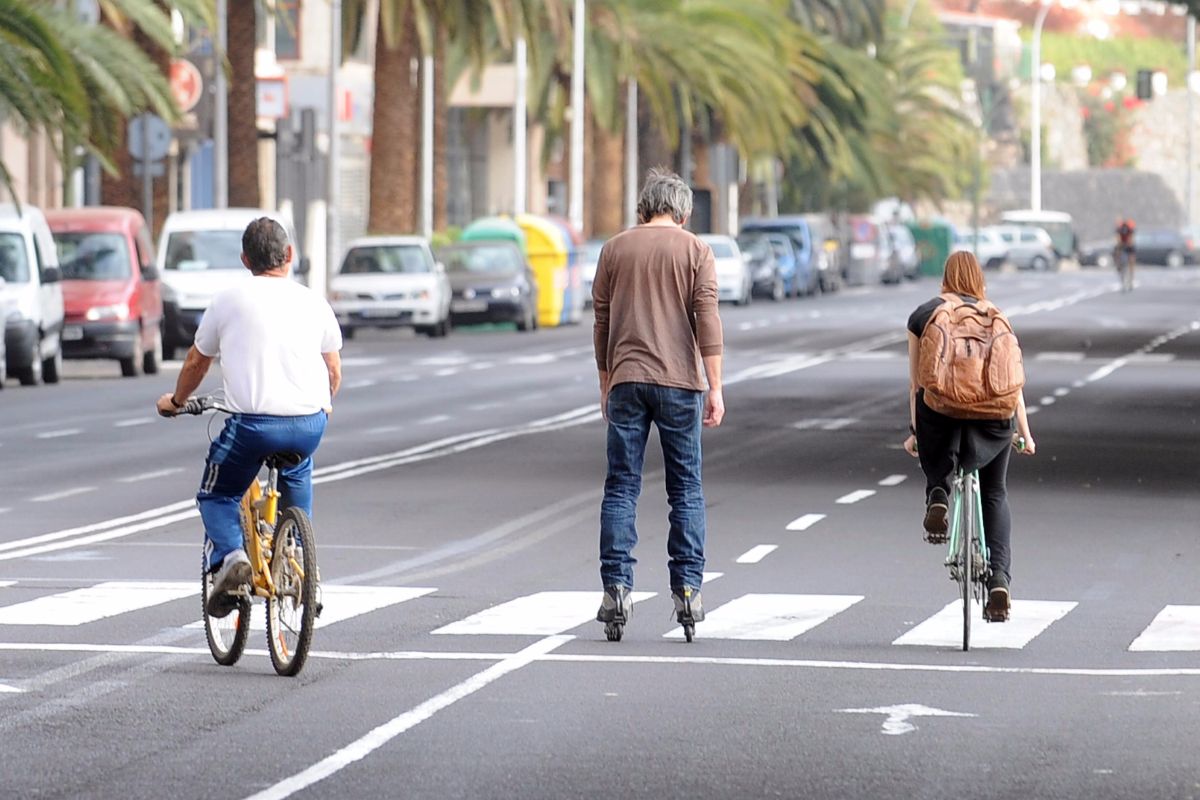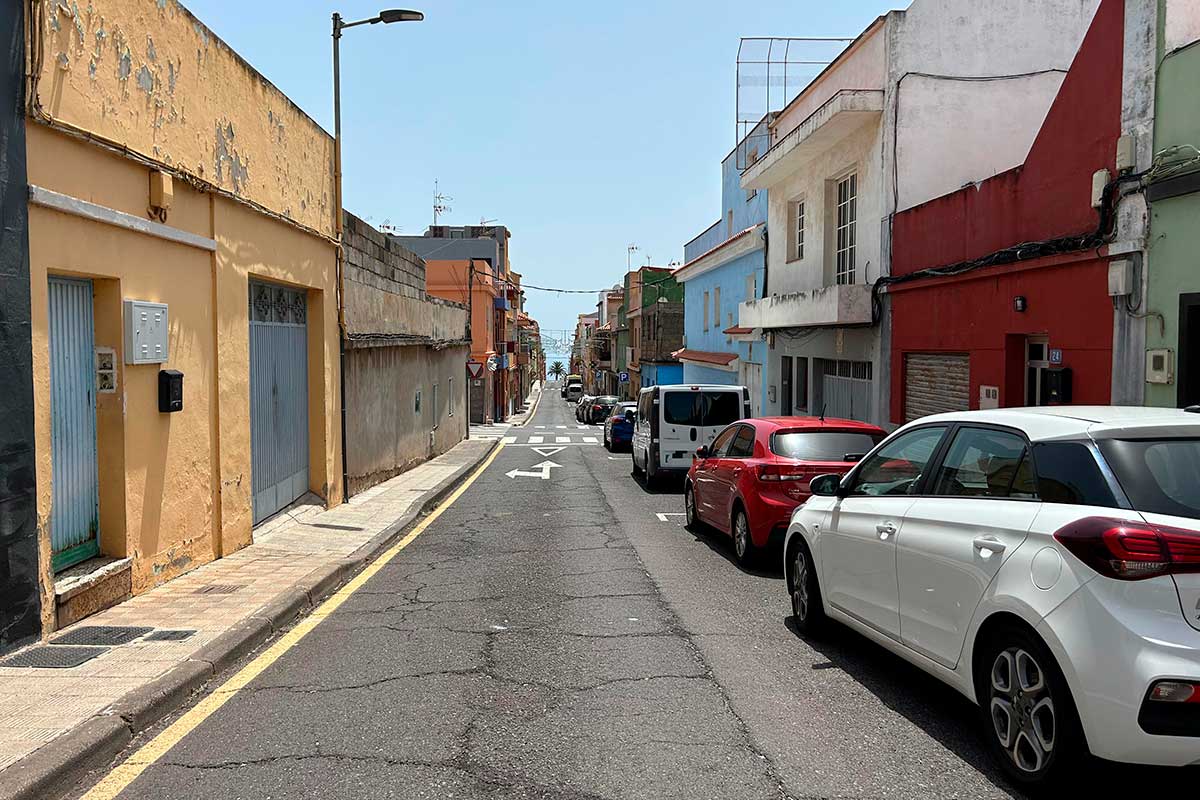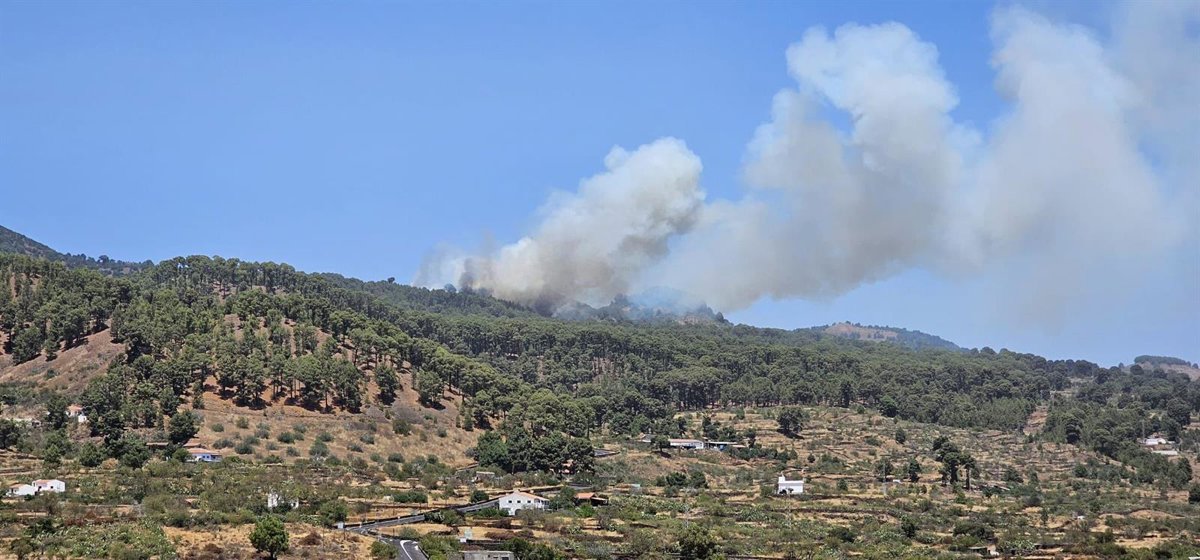Canary Islands: The Region with the Highest UV Radiation in Spain Year-Round

SANTA CRUZ DE TENERIFE, 24 Aug. (EUROPA PRESS) –
The General Directorate of Public Health of the Canary Islands Health Service (SCS) has decided to maintain an extreme risk level due to ultraviolet radiation for the islands of Gran Canaria and El Hierro, along with various municipalities on other islands. This situation will continue until 25 August, as reported by the department this week.
In a statement, the Department of Health of the Government of the Canary Islands reminds the public that it coordinates the Preventive Action Plan for the Effects of Exposure to Ultraviolet Radiation on Health, which establishes a series of recommendations to mitigate health impacts associated with ultraviolet (UV) radiation, based on the different levels outlined in this Plan.
According to this Plan, the General Directorate of Public Health informs that, based on data provided by the State Meteorological Agency (AEMET) and the indicators established within the Plan, the risk from ultraviolet radiation in the Canary Islands remains at a very high level until 25 August across all the islands. It is classified as extreme in Gran Canaria and El Hierro, as well as in several municipalities in Tenerife, Lanzarote, Fuerteventura, La Palma, and La Gomera.
Furthermore, Public Health notes that the Canary Islands is the region in Spain with the highest UV radiation throughout the year, according to data provided by AEMET.
CALL FOR PROTECTION
Protecting oneself from the sun is a necessary measure that should be maintained not just in summer or when visiting the beach, but year-round and in any location across the Islands, even on cloudy days. It should also be remembered that UV exposure increases with altitude.
When the risk to health from sun exposure reaches a very high threshold, it is advisable to consistently use sunscreen (SPF 50+), stay in shaded areas during peak sunlight hours, wear wide-brimmed hats, and clothing that covers arms and legs. Appropriate sunglasses should be used, and particular attention must be given to protecting children and the elderly, along with those who work outdoors and are exposed to the sun more frequently, who should incorporate specific measures against UV radiation.
Officials from the General Directorate of Public Health emphasise that solar damage is cumulative, and excessive exposure and sunburns in childhood can increase the risk of certain types of skin cancer many years, or even decades, later.
Lastly, they remind us that on cloudy days, sunlight can still penetrate through the clouds, even if the sensation of heat may be lessened, as can occur with a breeze.














